Focal Length Comparison
I finally got around to photographing focal length comparisons again this week - I know these can be really helpful as a reference point so it's about time I got around to it!
We are going to be comparing a multitude of lenses - the 35mm, 50mm, 85mm, 100mm, 135mm and 20mm focal lengths to be exact.
I've also got a handy little guide for you that will be really helpful when considering which focal lengths might be useful for you - my which lens quick guide. It goes through different scenarios and which focal lengths will be ideal, along with example images from each focal length! Go here to get your copy!
I gave up on trying to get someone to model for me - since one certain little boy wouldn't stay in the same place for long enough whilst I went through all my lenses (twice!) we have the lovely Dave as our model instead.
I'm pretty fond of Dave, he's very obliging :)
So, each of these photos has been taken with a different lens, and therefore a different focal length, so you can see how your field of view changes with each one.
For this first set I'm sitting in the same location for each shot, just changing my lens to get the different focal lengths. Just scroll through to see each image or click on the thumbnail to get to the next image in the gallery.
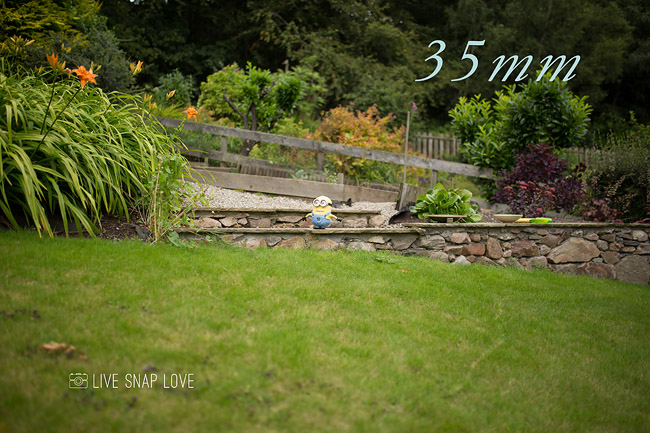
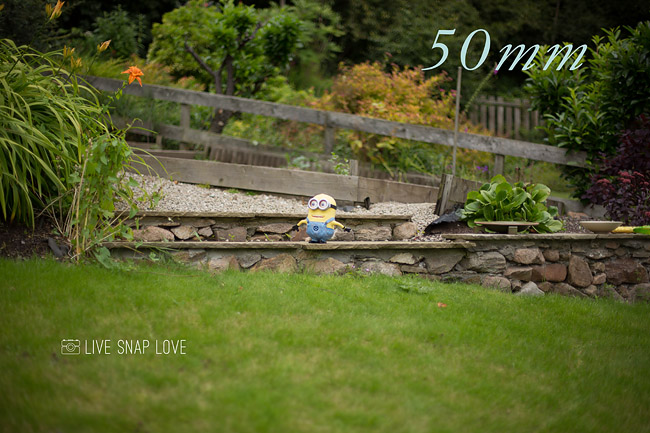
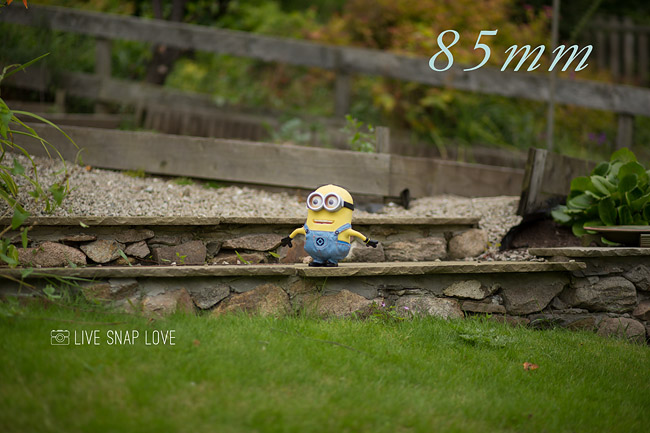


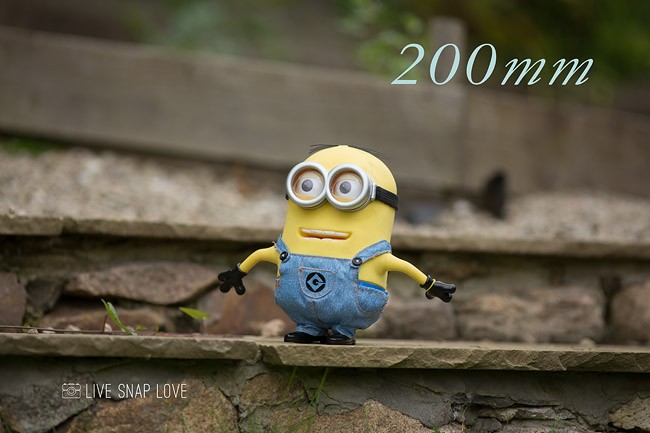
You can see just how much more you can fit in the frame with a 35mm compared to a 200mm!
This is why wide angles are great for landscapes, because you can fit so much of the scene in. They are also great for those times when you want to show more of your surroundings in lifestyle images, and - a plus point if you have little ones - they allow you to still be close to your subject, whilst still being able to get them in the frame.
Longer lengths, like the 135 or 200mm are obviously useful for when you are far away from your subject, or you want to narrow down your field of view, which can be great for keeping clutter out of the frame! With that in mind, you can absolutely use a 200m indoors if you don't want to get too much of the surroundings in the scene - assuming of course you have the room to back up to use it!
Now, let's look at the same focal lengths again, but this time, I've tried to have Dave occupy the same amount of space in the frame for each one - this way you can see the difference in the final image depending on the lens you choose.

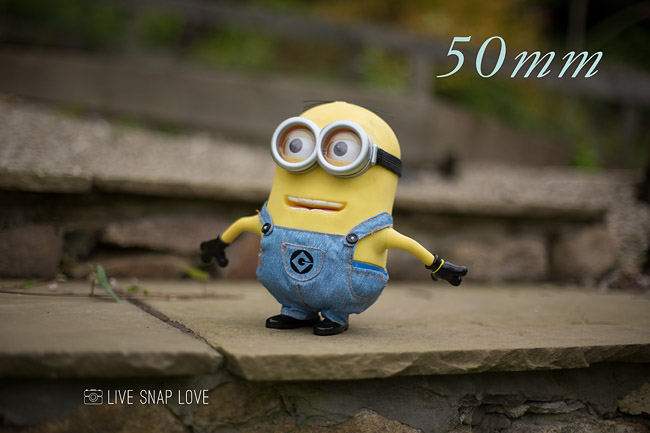
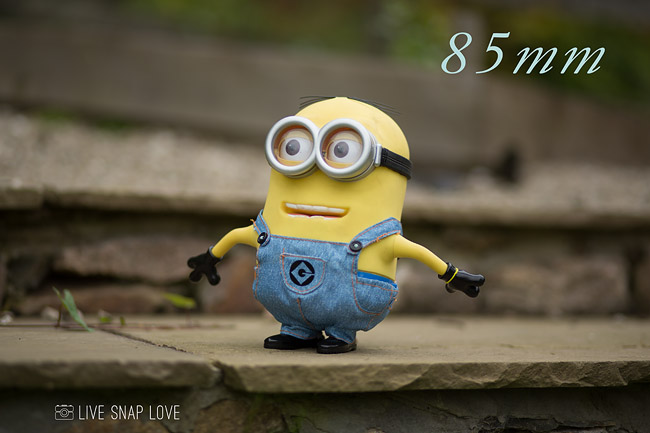

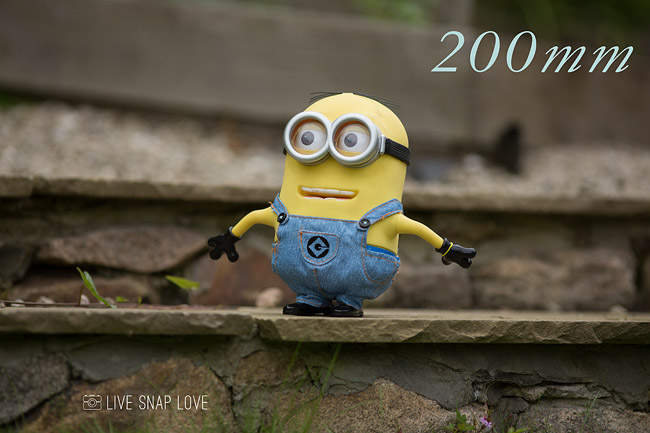
Can you see the difference in the background with each one even through the subject is taking up the same amount of room in the frame? It's most obvious between 35 and 200mm. That's lens compression in action!I
This difference in how the scene looks (even if framed in the same way) is the reason why the workable distance from our subject is only one of our considerations when choosing which lens to use, as we will also want to think about what it does to the final look and feel of the image. Lens compression deserves a whole post all of it's own, since it's a pretty important factor when choosing a lens, so I'll be back with more on that tomorrow!
(updated - you can find the post on understanding lens compression here!)
Don't forget to download your Which Lens Kickstarter Guide to get example images by focal length, along with your handy guide to which focal lengths are best of different types of images:

